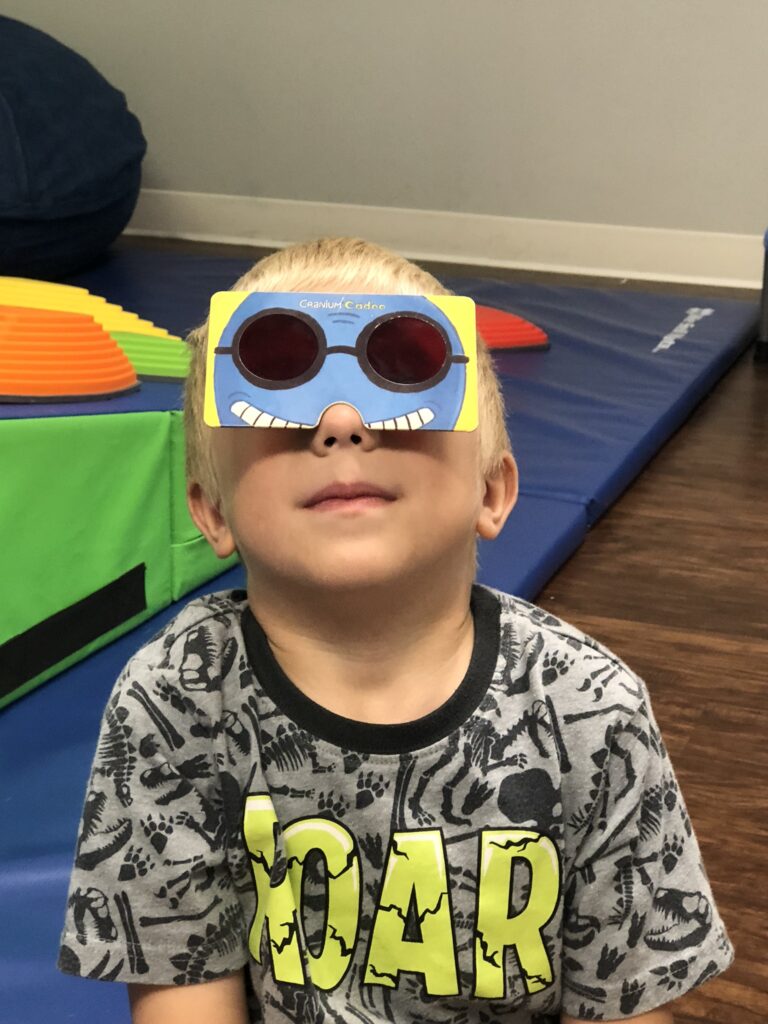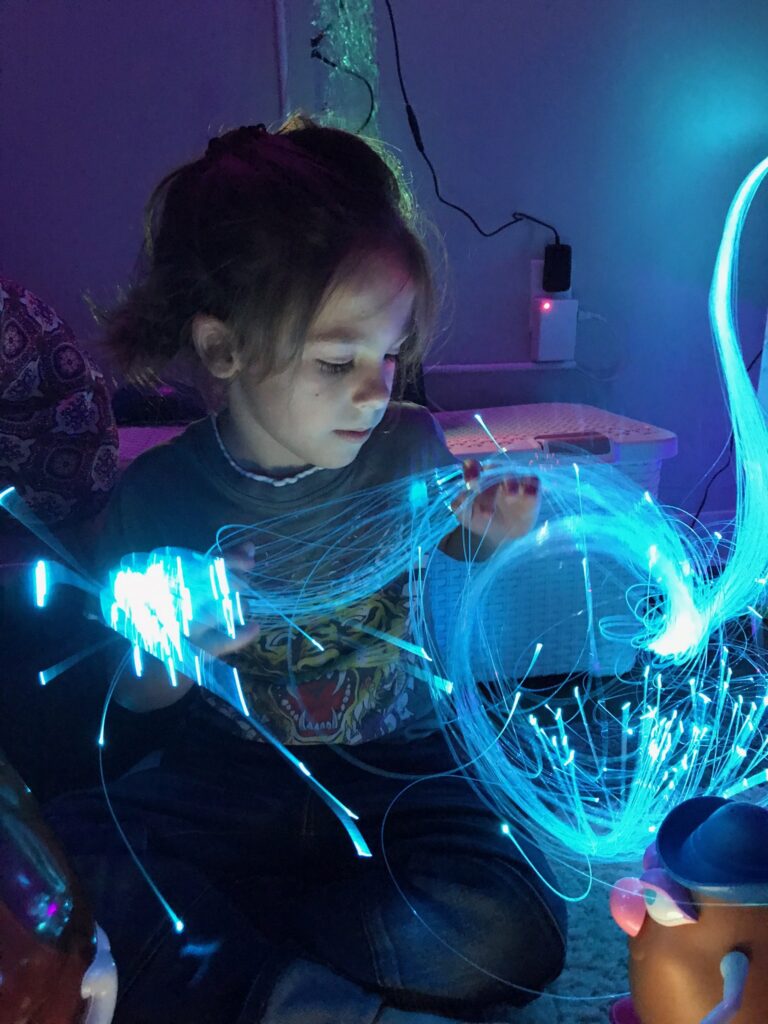What is visual processing?
Visual processing or visual perception happens when the eye and the brain communicate and work together to help us interpret our physical surroundings using sight, or, what we see.
Vision helps us process, understand, and take action in our environments. It is our body’s way of taking in information about our surroundings to help us assess if they are safe, harmful and whether or not they are important. It isn’t just about our ability to see in terms of acuity, but our ability to track, locate, and discriminate things.
How are children affected?
- Our sense of sight can have a huge impact on functional performance during day-to-day activities. It is typical for children to automatically focus on the details in their environments that are most important at any given moment, depending on their purpose.
- From a sensory processing perspective, issues with vision may interfere with some children’s ability to successfully engage and participate in their environments.
- Without a regulated visual system, we are unable to focus on the important details that help us understand the world around us and the environment we are in.
- When a child is behind in the development of visual processing skills, learning can take longer, requiring more cognitive effort that slows down the learning process. Math, reading and writing are some of the areas where visual processing skills play a key role in how a child learns.
There are many different aspects of vision that make up visual processing including:
- Visual discrimination - the ability to differentiate objects based on their individual characteristics.
- Visual closure - the ability to identify or recognize a symbol or object when the entire object is not visible.
- Object recognition (Visual Agnosia) - recognizing objects, which are familiar, or even objects, which they can recognize through their other senses, such as, touch or smell.
- Visual figure ground - the ability to find and pick out the important information in a visually busy background, such as picking out numbers in a word problem. Leading to difficulty with poor planning/organization.
- Visual memory - the ability to remember or recall information such as activities, pictures or words that have been viewed in the past.
- Visual closure - the ability to know what an image or object is when part of that image or object is missing.
- Visual motor abilities – coordination of the hands, legs, and the rest of the body's movements with what the eyes perceive.

What is a processing disorder?
A visual processing disorder refers to a hindered ability to make sense of information taken in through the eyes. This is different from problems involving sight or acuity of vision. Interaction and integration between the eyes and brain are vital. Difficulties with visual processing affect how visual information is interpreted, or processed by the brain.

How can we help?
At MPPT, our therapists have a variety of visual processing assessment tools to determine the area of difficulty. We are trained to recognize a variety of visual processing difficulties and work as a team using visual and sensory processing techniques. We provide one-on-one therapy sessions to improve a child's visual processing issues and in turn help them to improve in the classroom, with sports, and with their peers.
